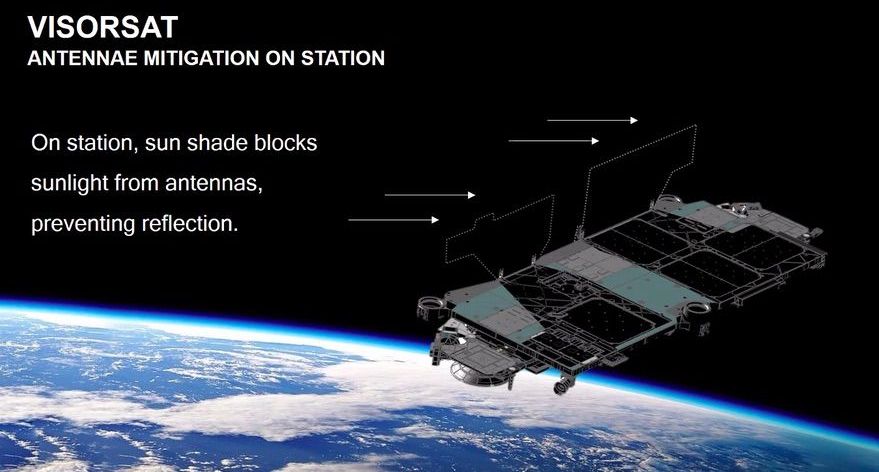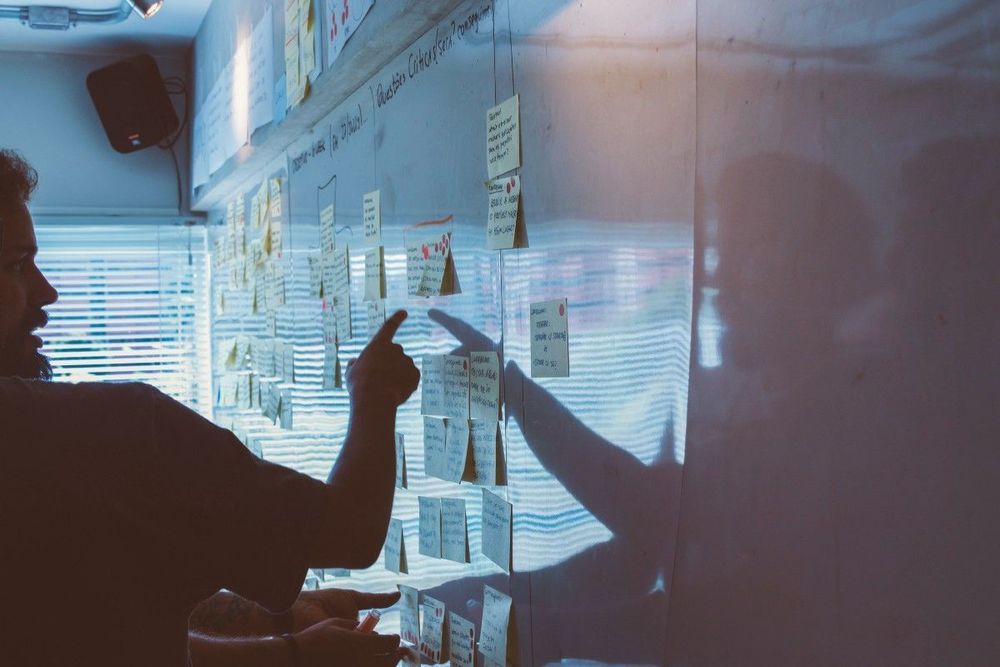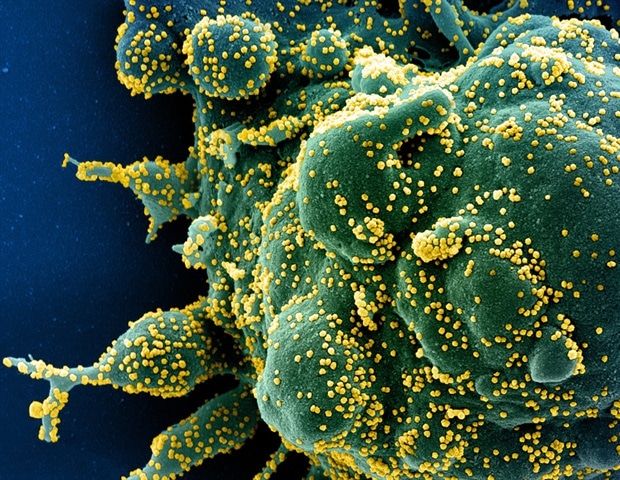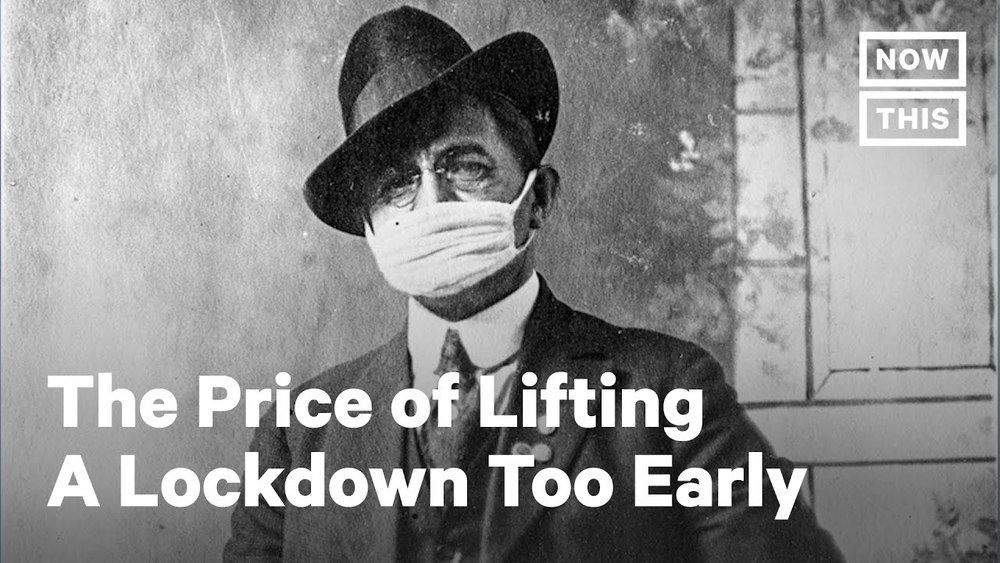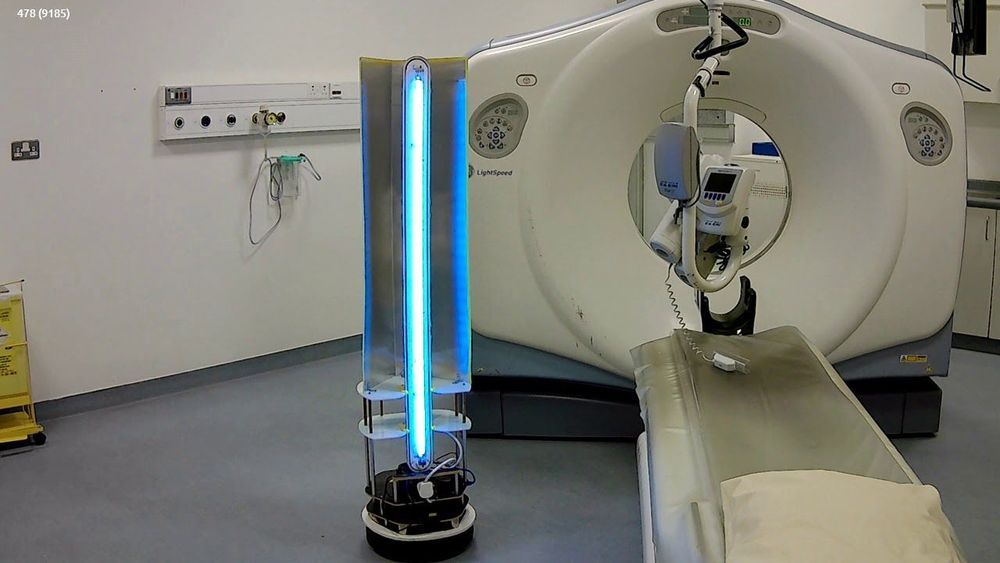WASHINGTON — SpaceX Chief Executive Elon Musk said April 27 that he hopes to test a new way to reduce the brightness of the company’s Starlink satellites on the next launch for the broadband megaconstellation.
In a briefing to a committee working on the next astrophysics decadal survey, Musk said the experimental “VisorSat,” along with a new approach for orienting Starlink satellites as they raise their orbits, should address concerns raised by astronomers that the Starlink constellation could interfere with their observations.
“Our objectives, generally, are to make the satellites invisible to the naked eye within a week, and to minimize the impact on astronomy, especially so that we do not saturate observatory detectors and inhibit discoveries,” Musk said.
